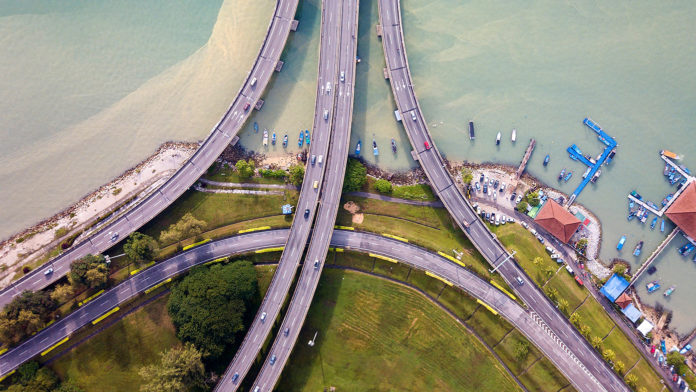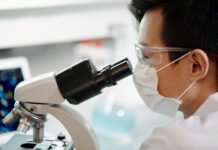When many people think about pollution from cars and other vehicles, the focus is on exhaust released into the air. Researchers from the University of Toronto Scarborough want people to also be aware of the impact of busy roadways on water pollution, because there are actions that policymakers and drivers can take to reduce the problem.
The team studied samples collected in two local watersheds fed by creeks that run next to roads, one of which sees higher levels of traffic. They looked for a panel of organic contaminants used in oils, lubricants, windshield de-icing fluids, tires, paints, coatings and vehicle furniture. Many of these are toxic to aquatic life.
“We found a strong relationship between traffic and the concentration of these chemicals,” said lead author Tife Awonaike, a recent PhD graduate of physical and environmental science at UofT Scarborough, in a press release.
“These roads also appear to be a major source of a surprisingly wide array of contaminants.”
Their study was published in Environmental Research Letters.
Contaminants from the road end up in nearby watersheds when rain washes them away as runoff, or by wind when they attach themselves to road dust. Some are found in paints, fuels, and oils, and others come from tires and brake pads. And samples from the watershed supplied by the higher traffic area showed higher levels of these compounds.
Even switching to electric vehicles with fewer emissions won’t fully solve the problem, as tires and brakes are critical car parts either way. Policy changes can help shape the ingredients used in paints and coatings, and cities can also help by regularly sweeping their roads to collect dust before it flushes into neighbouring waterways.
Drivers can also help reduce the impact of their own vehicles through regular maintenance, fixing any leaks or flaking paint before contaminants drop onto the road.
Aquatic ecosystems suffer from the contamination of our waterways. The authors note that the contaminants they studied already represent a wide variety of organic compounds, and that this is likely still only the tip of the iceberg in terms of the full list of released compounds. Understanding the problem and recognizing the impact of non-exhaust sources of pollution is the first step in taking action to protect the environment.









































